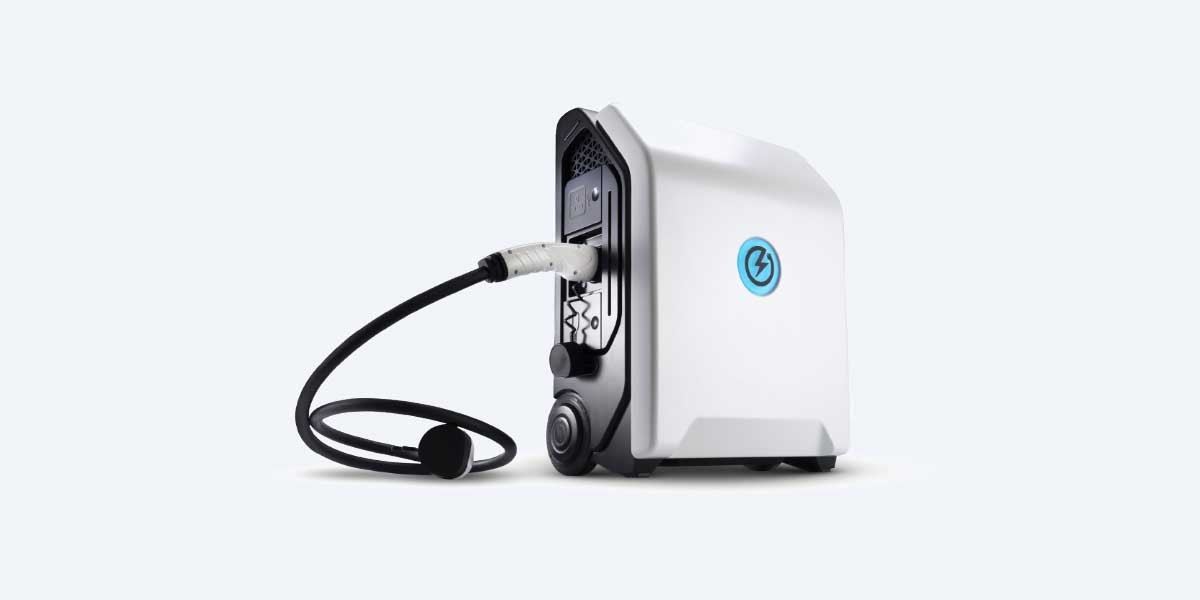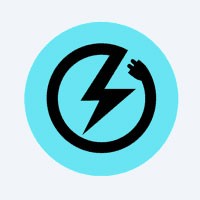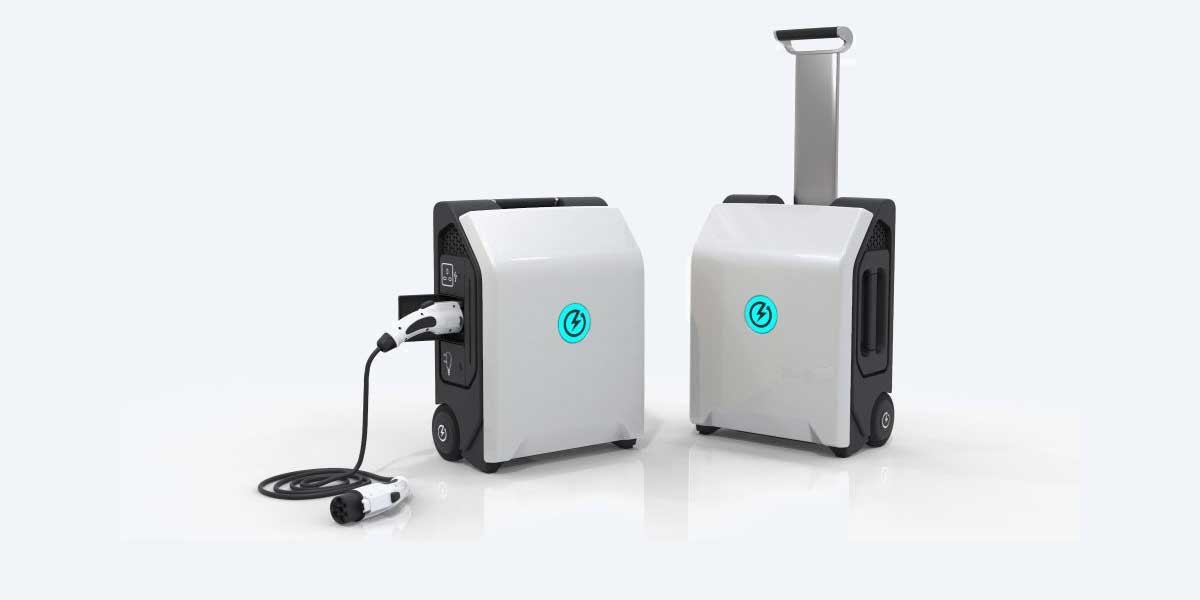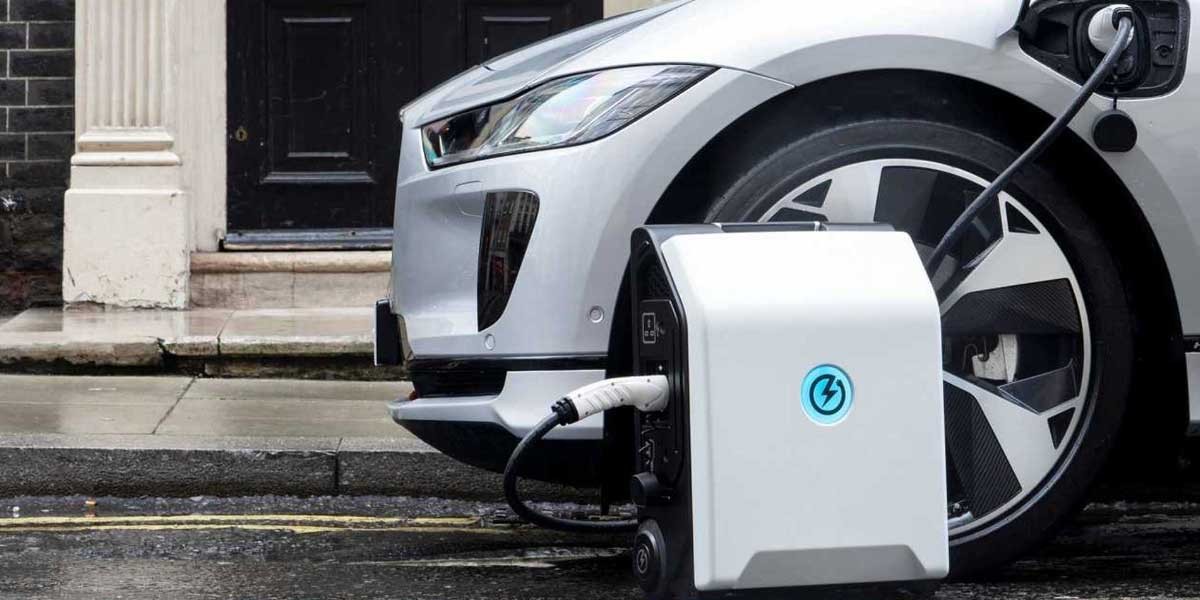ZipCharge Go
User Rating: 4.33 / 5





What is the ZipCharge Go?
The ZipCharge Go is a UK‑made portable EV charger featuring a 4 kWh battery and 7.2 kW output. It adds ~12–40 mi (19–64 km) in 30–60 min, uses a Type 2 connector, wheels with retractable handle, and smart app control—all for ~US$ 2,000.
ZipCharge Go price:
US$ 2000 *
| manufactured in | United Kingdom |
| power (kW) | 4 |
| voltage | 220 |
| connector type | Type 2 2G/4G |
| simultaneous charging | 1 |
* Minimum price set by the manufacturer, excluding taxes and additional options

ZipCharge Go Review
ZipCharge Go: Portable EV Charger That Empowers Freedom
Imagine tossing a charging station into your trunk—that’s exactly what the ZipCharge Go delivers. Born in the United Kingdom and rolling out around US$ 2,000 (£1,550/€1,800), this suitcase‑sized marvel offers nimble flexibility. With 4 kW of power and a 220‑volt output, it frees EV owners from fixed plugs. It’s what happens when smart tech meets everyday practicality.
- Manufacturer & origin: Designed and built in the UK, introduced amid rising EV adoption.
- Launch & positioning: Marketed as a portable solution for curb‑parked and rental dwellers.
- Price tier: Priced at US$ 2,000 (£1,550/€1,800), the ZipCharge Go price positions it as an affordable mobile charger.
- Product & review buzz: ZipCharge Go review highlights its compact power and travel‑ready utility.
Go Specs: Technical Breakdown
Battery
Under the hood is a 4 kWh NMC‑chemistry battery pack—compact yet powerful enough to offer a serious boost. Charging from a standard outlet recharges the unit in roughly an hour. With its 220 V system and Type 2 connector, it plugs into nearly any modern EV. And thanks to clever inverters, it even supports bi‑directional energy flow.
- Battery capacity: 4 kWh
- Input voltage: 220 V
- Connector: Type 2, 2G/4G-enabled
- Simultaneous charging: single vehicle
Performance
Delivering around 7.2 kW peak power, this unit gives a nimble boost—those emergency 20–40 mile (32–64 km) fills in 30–60 minutes. Wheeled design and ~50 lb (~23 kg) weight let you roll it over smooth pavement. The built‑in app and cellular link let you monitor remotely, track location and optimize charging sessions.
- Power output: 7.2 kW max
- Weight: ~50 lb (23 kg)
- Range added: ~12–20 mi (19–32 km) in 30 min
- Range (8 kWh model): ~25–40 mi (40–64 km) in ~60 min
An upcoming 8 kWh model doubles range output and stretches boost times accordingly, priced slightly higher than the base version.
Design Features:
With its trolley wheels and retractable handle, the ZipCharge Go mimics compact luggage—sturdy, minimalist design, weather‑sealed casing and a built‑in Type 2 socket on one side. The shell resists light rain, and the body features subtle branding. It’s not flashy but purposeful—more utility object than art piece.
Inside, high‑density NMC cells sit snug alongside power electronics and a bi‑directional AC‑DC inverter. You’ll also find a 2G/4G modem and security module with geofencing ability. All that tech is neatly bundled with thermal sensors and smart board protections—compact, yet packed.
Pros and Cons:
Pros
- Delivers 20–40 mi (32–64 km) range top‑up in under an hour
- Compact, wheeled design makes it portable and user‑friendly
- Works with any Type 2 EV and includes smart app control
- Bi‑directional charging adds energy flexibility
Cons
- 4 kWh capacity offers only limited boost—eight‑hour long‑haul won’t cut it
- Relies on subsequent recharge from wall plug when drained
- Weight (~23 kg) may still challenge users when transporting
Conclusion – Why It Works
The ZipCharge Go isn’t a full charger replacement; it’s your roadside miracle. Affordable, clever and lined with tech, it plugs range anxiety with a practical dose of watts. For renters, urban EV‑ders, or anyone who avoids curb‑side cord runs, it’s a tidy solution that rolls.
Manufacturer: ZipCharge
Related Video
Comparison:
Comparing ZipCharge Go with Splitvolt 24 A Portable, Lectron 40 A Level 2, Tesla Mobile Connector, EVDANCE Flux 40 A and Vevor 32 A Charger, we see notable differences in portability, output, weight, and price.
Range Boost
ZipCharge Go delivers ~12–20 mi (19–32 km) in 30 min. Splitvolt adds ~10–15 mi in an hour, Lectron Level 2 ~20–30 mi, Tesla ~15–25 mi, EVDANCE Flux ~25–35 mi, Vevor ~18–28 mi.
Power Output
Go peaks at 7.2 kW. Splitvolt outputs ~5.5 kW (24 A), Lectron ~9.6 kW (40 A), Tesla ~7.7 kW (32 A), EVDANCE ~9.6 kW (40 A), Vevor ~7.7 kW (32 A).
Weight & Portability
Go weighs ~50 lb (23 kg) with wheels. Others are ~10–15 lb (4.5–7 kg) handheld units—lighter but lack rolling ease.
Charging Time
Go fully discharges in ~1 h. Lectron and EVDANCE fill ~60 kWh EVs overnight (~6–8 h). Splitvolt and Vevor moderate (~8–10 h), Tesla similar pace.
Price
ZipCharge Go costs US$ 2,000 (£1,550/€1,800). Splitvolt ~US$ 310 (£240/€280), Lectron ~US$ 260 (£200/€240), Tesla Mobile ~US$ 300 (£230/€270), EVDANCE Flux ~US$ 280 (£220/€260), Vevor ~US$ 144 (£112/€134).
F.A.Q.:
What is the battery capacity?
The Go houses a 4 kWh battery pack—enough to deliver an extra ~12–20 mi (19–32 km) boost in about 30 minutes of charging.
What range does it add?
The ZipCharge Go range adds ~20–40 mi (32–64 km) in 30–60 minutes depending on battery size and vehicle efficiency.
What is the power output?
This portable charger peaks at 7.2 kW output, delivering a solid mid‑level charge rate for emergency top‑ups.
How fast is charging?
Using a Type 2 socket, you gain ~12–20 mi (19–32 km) in 30 minutes, or up to ~40 mi (64 km) in an hour on the 8 kWh version.
What is its weight?
The unit weighs roughly 50 lb (23 kg) and includes wheels and a carry handle for easier maneuvering.
How does the app work?
Built‑in 2G/4G connectivity links to a mobile app—you can schedule charging, track status, and enable geofencing via your phone.
How much does it cost?
The ZipCharge Go price is US$ 2,000 (£1,550/€1,800), positioning it as a relatively affordable mobile charger.



